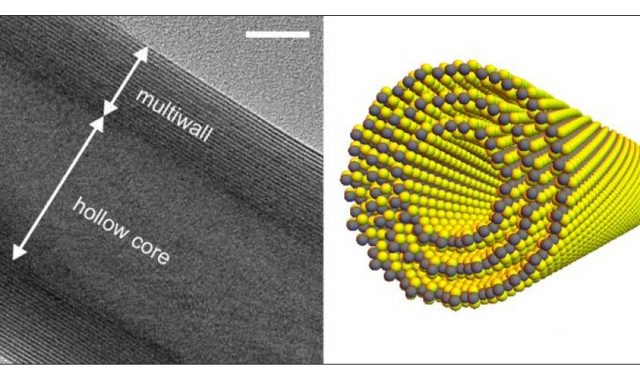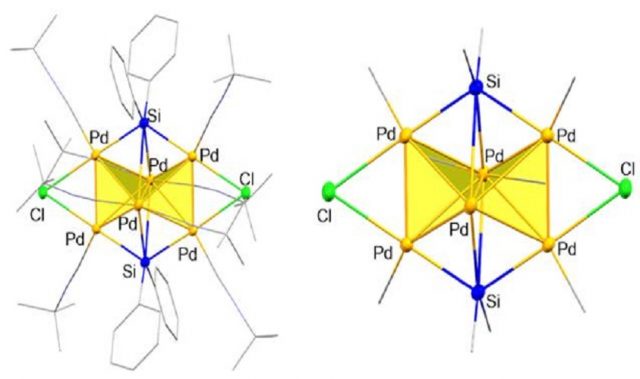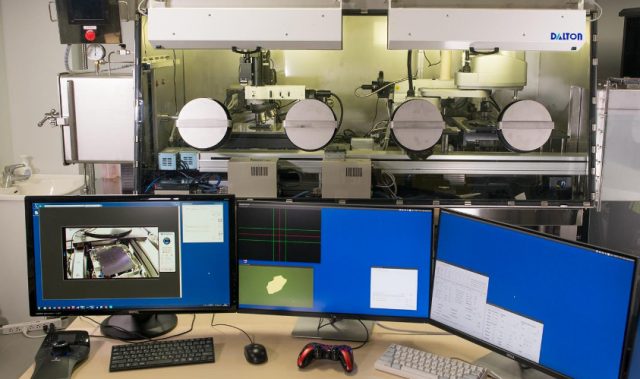
AsianScientist (Apr. 3, 2017) – Researchers from the University of Tokyo have developed micron-sized self-propelling particles. These particles, described in a paper published in the Proceedings of the National Academy of Sciences, can be remotely steered through water by drawing energy from an electric field.
Until now, guiding a self-propelled microparticle to an intended target in water proved challenging because it swims completely at random. Furthermore, the smaller the particle the more chaotic its motion becomes due to collisions with surrounding atoms and molecules, making it particularly difficult to maneuver tiny objects.
Inspired by the swimming strategy observed in bacteria such as Escherichia coli, a research group led by Professor Masaki Sano at the University of Tokyo’s Graduate School of Science demonstrated that a particle can be transported to a target or follow a given trajectory by remotely switching between the two swimming modes—propulsion and rotation.
Moreover, the group showed that the optimal strategy for such micron-sized objects to swim towards a target depends on the size of the swimmer: Constant steering is beneficial for large particles, while for objects as small as E. coli (about 1μm), it is better to only correct the orientation when the swimmer veers too far from the intended target.

The current outcome provides not only a basic principle for maneuvering small objects, but it may also lead to advanced artificial cell technologies, cell manipulation and stimulation methods, new drug delivery systems and other applications, the researchers said.
“We initially set out to make self-propelled particles that move in a straight line, but ended up producing a lot of rotating particles,” said Sano. “We didn’t regard these as a failure and throw them away, but instead turned failure into success by coming up with the algorithm that transports particles towards a target position by switching between the dual modes of rotation and propulsion.”
“When we started this project, we never imagined we would get this far,” said Mr. Tomoyuki Mano, who was an undergraduate at the time.
The article can be found at: Mano et al. (2017) Optimal Run-and-tumble Based Transportation of a Janus Particle with Active Steering.
———
Source: University of Tokyo.
Disclaimer: This article does not necessarily reflect the views of AsianScientist or its staff.












